Note: GJEL Accident Attorneys regularly sponsors coverage on Streetsblog San Francisco and Streetsblog California. Unless noted in the story, GJEL Accident Attorneys is not consulted for the content or editorial direction of the sponsored content.
California's High-Speed Rail project is in full swing, with the state now shopping for trains and everything else needed to turn what's long been a bunch of impressive civil works into a functioning railroad. That's been possible thanks to a new infusion of much-needed funding and commitment from the federal government. "We got $3.3 billion in new funds. It’s been wonderful, I don’t even know what other words to put to it," explained Boris Lipkin, Northern California Regional Director with the California High-Speed Rail Authority, during a Tuesday afternoon SPUR talk on the future of Bay Area rail. "We’re in the process of buying trains, designing stations, tracks and systems. We've short-listed train-builders Alstom and Siemens, who will be eligible to bid."
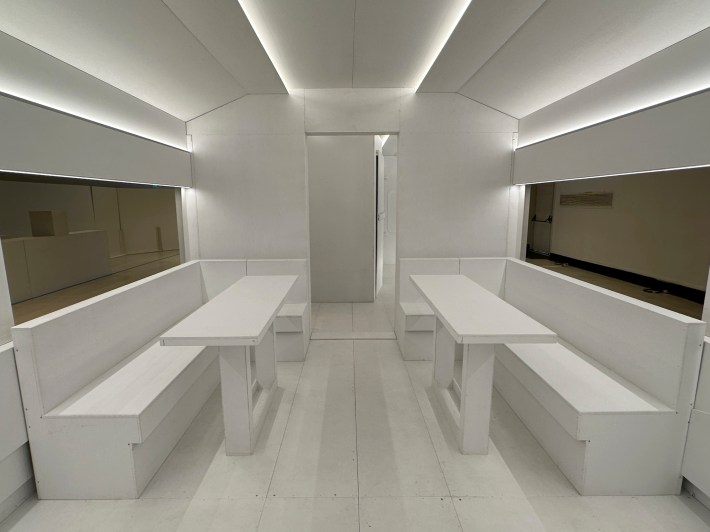
The plan is to have at least two trainsets purchased by the end of 2028, ready to start testing on over 100 miles of new tracks in the Central Valley at speeds up to 242 mph. The goal is to start revenue service by 2030.
That's just for the planned initial service in the Central Valley, with connections to ACE and Amtrak to get to the Bay Area. Work continues in earnest to get the "bookends" of the system, which will ultimately run from Los Angeles to San Francisco, ready to go. The Bay Area end will come first.
"It all has to tie together: the Salesforce Transit Center, Caltrain electrification, the portal, and Diridon Station—all of these are connected pieces," said Lipkin. "How do we get people from one place to another? We’re very much engaged with everybody to make sure that all works."
The Authority is doing preliminary work to build the connection via the Pacheco Pass to the next major stop on the system, Diridon in San Jose via Gilroy. "The bookends are really important, it’s where you get the most riders," explained Eric Eidlin, Station Planning Manager with the City of San Jose Department of Transportation, and another of the panelists. He was there to talk about the ongoing planning to make sure Diridon is reconstructed to provide the most seamless possible transfers between Caltrain, Amtrak, light rail, and the coming BART and CA High-Speed Rail services. "I've interviewed people in France and Germany. We have the right geography population sizes, it all makes a lot of sense."
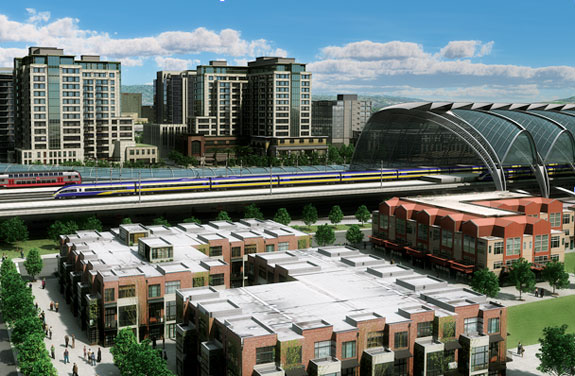
Meanwhile, Dahlia Chazan, Caltrain Deputy Chief of Planning, talked about how electrification is still 'on track' to begin in the fall, with electric train sets already testing up and down the corridor. Electrification will allow faster acceleration and more frequent service. "We're really excited about being able to add weekend service, so we will go from once hourly to twice hourly on the weekends," said Chazan. She described the Caltrain electrification project as the first tangible step towards a statewide high-speed rail system for the riding public. "It’s not quite as fast, but it’s got a number of the benefits." And the Caltrain corridor will be shared with high-speed rail when the Central Valley is connected.
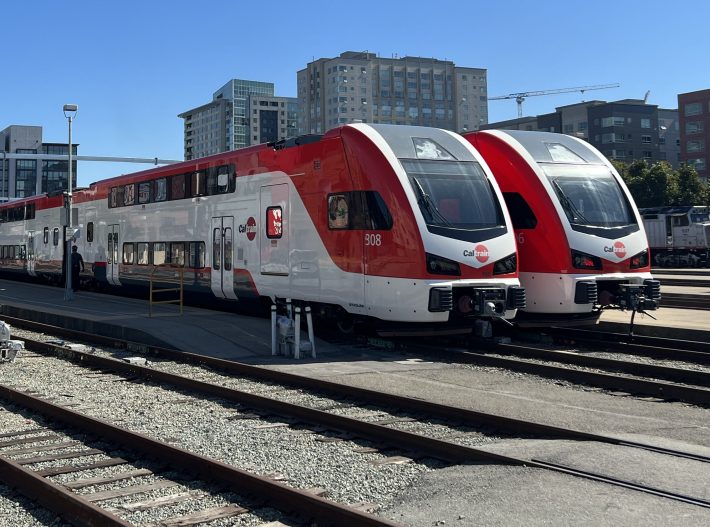
But then there's that other challenge—getting the last couple of miles from the current Caltrain 4th and King terminus into downtown San Francisco. When that tunnel is done, now called "the portal," it will finally allow trains to enter the "train box," a two-floor station built in the basement of the existing Salesforce transit center. All the bus lines that currently serve the transit center "will be joined by two rail operators [Caltrain and HSR] with BART a couple of blocks away," said Anna Harvey, Deputy Project Director for the Transbay Joint Powers Authority. "That will really achieve a seamless transfer, with the addition of HSR adding the entire state to all that regional transit."
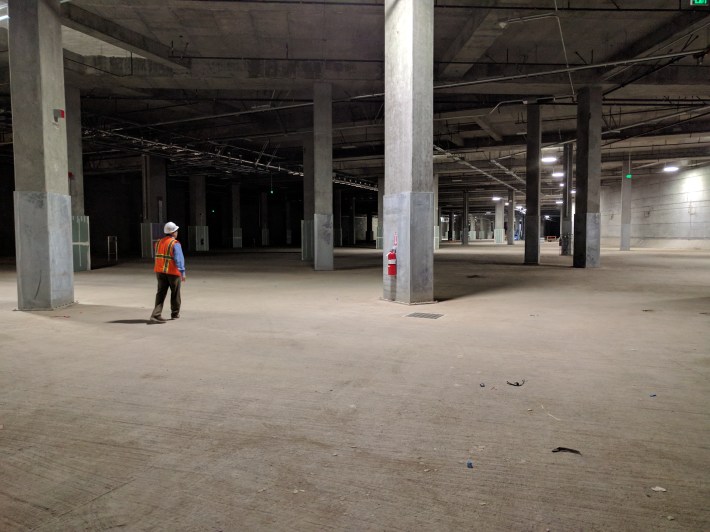
Completing all these goals collaboratively and in a logical order is challenging, with ongoing funding streams still dependent on the vagaries of elections. Lipkin said he hopes a new dedication of state funds, such as by extending cap-and-trade, plus a regional measure will help keep all these projects moving forward to help realize the vision of a better-connected state and Bay Area. Eidlin said he hopes Southern California will do more to develop its station areas, such as in Palmdale, where the Brightline West train project to Vegas and California High-Speed Rail, would someday, hopefully, merge into a larger interstate high-speed rail system.
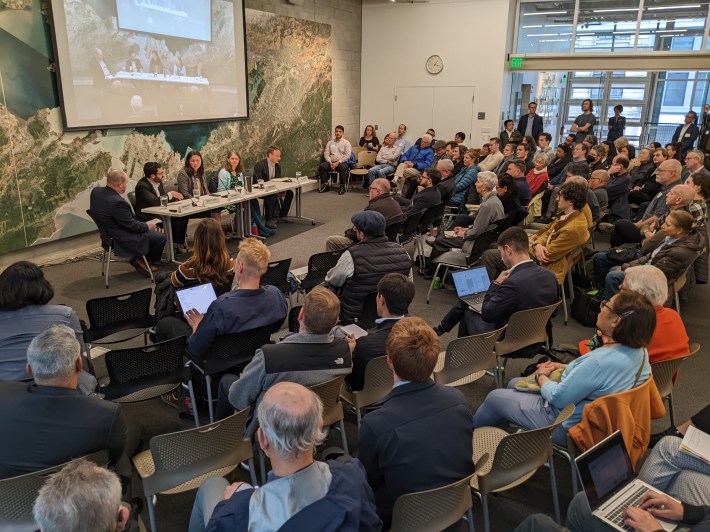
While questions and big challenges remain, the panelists said they are continuing to work together to figure out how to get new services available in the fastest time frame. The first big one, of course, will be this fall with the launch of electrified Caltrain. Their hope is new components of this statewide vision for an integrated rail and station-development plan will come online every few years after that.
For more events like these, visit SPUR’s events page.






